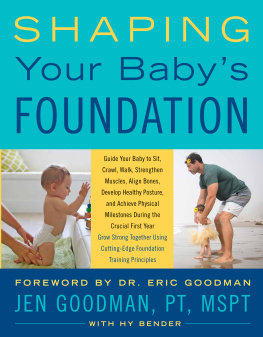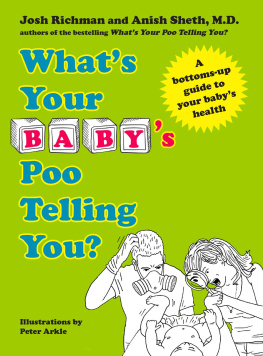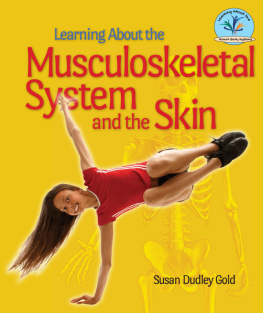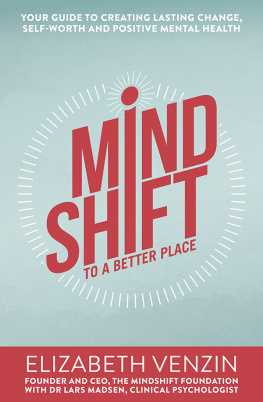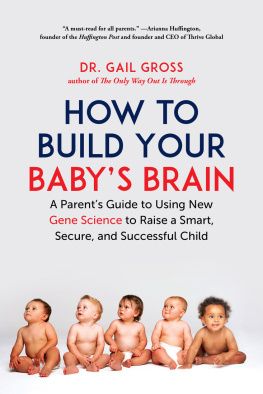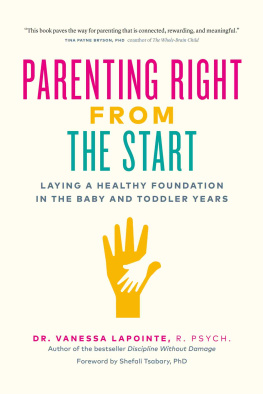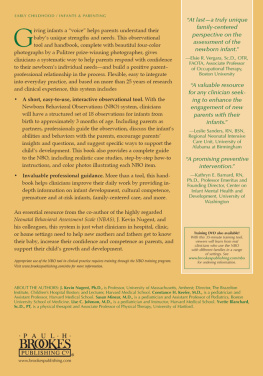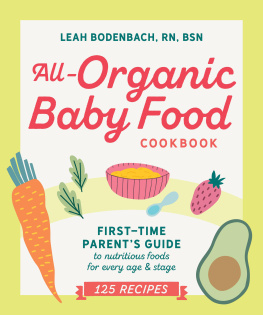Contents
Guide
Guide Your Baby to Sit, Crawl, Walk, Strengthen Muscles, Align Bones, Develop Healthy Posture, and Achieve Physical Milestones During the Crucial First Year: Grow Strong Together Using Cutting-Edge Foundation Training Principles
JEN GOODMAN
To all the unique characters who have helped shape my own foundationmy parents, Sandy and Jess; the brothers I was lucky to grow up motivated and challenged by; various special branches of my giant family tree; my love and life partner, Eric, and our delightful daughter, Sunorayou all mean the world to me.
To all the special teachers, doctors, and therapists with whom Ive had the honor of learning or working; and, to all the kiddos whose care Ive been involved inits been a joy and privilege. Thank you all for enriching my life, inspiring my career, and being part of what led to this book.
To all the wonderful Docs out there caring for kids and guiding their familiesthank you for considering this resource and sharing these important aspects of growth and health.
And, last but certainly not least, to all the little ones and caretakers out there whom we hope this book reaches and helps. The collective team behind this book wishes you well!
HY BENDER
This book is dedicated to you, our reader, and the endless love you have for your baby. Please know these pages were created with love, and with the hope that they help your baby grow strong, agile, fit, and joyous.
Preventive pediatrics recognizes the importance of both genetics and the environment of the patient. The interaction between these two factors has been likened to a dance that sets the stage for how a child will blossom into adulthood, and what is a dance if it doesnt include movement? Movement is crucial for healthy childhood development, from the earliest intrauterine calisthenics performed by the baby to the critical kinesthetic milestones that occur after birth in the first year of life. Unfortunately, our fast-paced culture tends to underestimate these delicate milestones, as more babies are sequestered in their first year of life into car seats, strollers, or carriers. Babies need to be allowed to go through the milestones of rolling, crawling, sitting, and standing with a watchful eye for support and stability.
In our increasingly sedentary society, most people recognize how important movement is for our older children, but fewer appreciate just how important it is in the earliest stages of life. The first year of life is an especially critical time of neural development, and proper movement stimulates both neural pathways and cognitive function. Supporting a baby in achieving kinesthetic milestones is an increasingly important need, an essential investment in your babys future well-being, and a priceless opportunity to join your little one in their earliest dance of life.
IRIS CASTANEDA-VAN WYK, MD, FAAP
Member of the Section on Integrative Medicine, American Academy of Pediatrics
Contents
A s a new parent or caregiver, there is so much to learn about how to care for your little one. How do you trim or file their nails and clean their ears? How do you give them a bath? What is the best way to nourish them? How should you hold them when nursing or bottle-feeding them? There is so much to think about that we often overlook some of the most basic parts of a babys life: how theyre positioned when in your arms, lying down, or sitting up in a car seat, and how their muscles are strengthened to reach all their expected physical milestones. Babies do not come hardwired for perfect movement, nor do they come with a manual, and one could spend a lot of time wondering about whether a new babys postures, reflexes, and movements are normal.
As parents, we are fortunate to have the possibility of making profound effects on our childs development. This is perhaps most true during a babys first year.
Thats in part because the connections between your babys brain and the rest of their body arent fully formed at birth. These connections grow with your help. Babys world outside the womb is expansive and full of new sensations; and it is up to us to effectively help them explore their potential for movement.
There is a lot going on when a baby performs basic movements such as lifting the head (which is a major challenge for newborns). The brain must connect to thirty-one pairs of spinal nerves to do that! These nerves play a critical part in your babys physical movement, as well as their sensations and things like heart rate, respiratory rate, digestion, and various other aspects of underlying health. Depending on the action the baby is working to achieve, some of the nerves will be firing more actively for movement while others will be working to keep various segments of the body still. Every attempt at movement is teaching these nerves, the muscles, and your babys brain. And every position of the body can either allow smooth conductive flow of information through the nerves or it can compress them and potentially complicate movement, or worse.
During the first year of life, a critical area of the babys body to take note of is the posterior chainthat is, the muscles along the backside of the whole body, from head to feet, which includes the muscles of the neck, back, bottom, and legs. The posterior chain is the primary focus of the process I created called Foundation Training, which has been used by people of various ages all around the world, from full-time moms to the elite of Special Forces, to Olympic athletes, to NASA scientists, to folks with spinal, hip, and other injuriesobviously all with different body shapes, sizes, and movementsto help treat and prevent injuries by reeducating and reprogramming the body with strong and healthy movement patterns.
Its fascinating how this area of the body truly seems to wake up and begin to strengthen when baby emerges from the womb and experiments with movements that work these important muscles against the new-to-them force of gravity.
When it comes to babies, the posterior chain is challenged by activities such as tummy time, which is the best way to get it firing. Tummy time puts babies on their stomachs in a position that encourages them to lift their heads while also providing them with a firm surface to push into as they learn to control their movements. This gradually builds strength and endurance in the muscles of a babys whole body, from their head and neck downward, as they learn to come up higher and higher and eventually push back to all fours and other more vertical positions. Caregivers would do well to consider that tummy time not only helps develop a babys movement, but also their sensory skills, as it gives them another view and position from which to experience and engage with their environment. For your baby, the whole world is new, and full of so many lights, sounds, smells, and textures to touch. Be mindful of how you help babies to fully experience their environments (in the home, out of the home) through their senses. Practice type, position, quality, and quantity all count here. Frequent bits of focus on movement, coupled with steady focus on quality support being provided in every position, and attention to the shape and angle (concave versus flat versus incline versus decline) of the surface your baby is on, all come together to build necessary muscles to contribute to healthy spinal curves and limb alignment as well as symmetrical head shape (flat spots in the skull are a warning sign!).
When your babys body is in motion, its experiencing a series of changes in position (as well as some muscle recruitment for the sake of stabilization) at the head, neck, shoulders, elbows, wrists, hands, chest, abdomen, back, hips, knees, ankles, and feet. Coordinating these movements between the brain, spine, nerves, and body as a whole is no small thing. We hope to impress upon you just how big a deal this actually is, how much is actually going on in your childs brain and body. Learning and refining skills takes months (and continues for a lifetime) as the baby builds endurance, strength, control, and coordination, all while other learning and growth is simultaneously and perpetually occurring within this multidimensional little creature.

